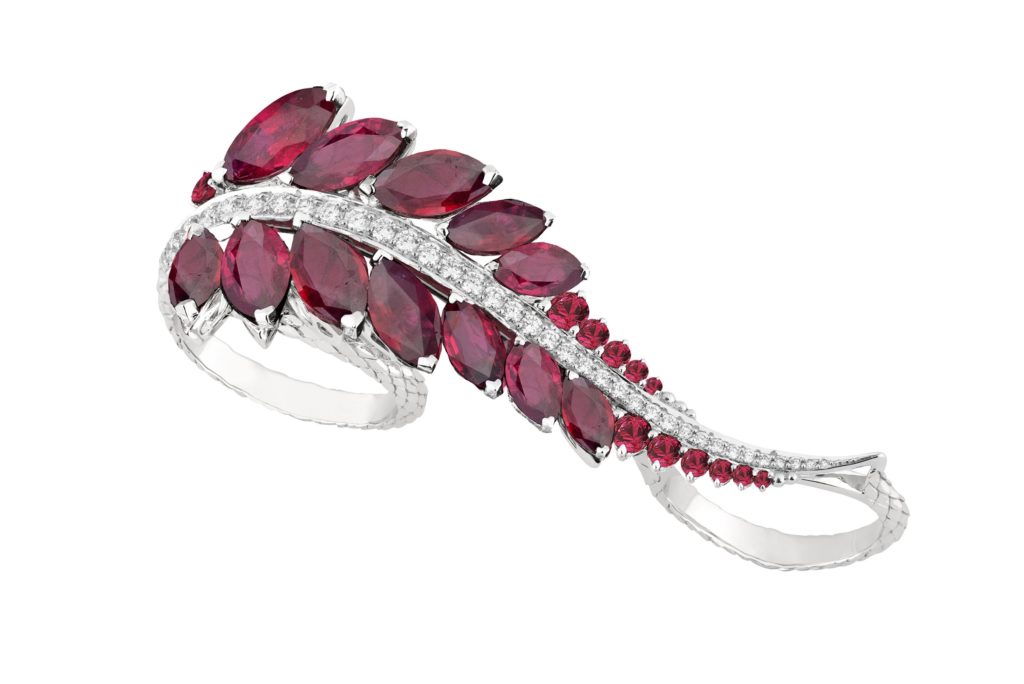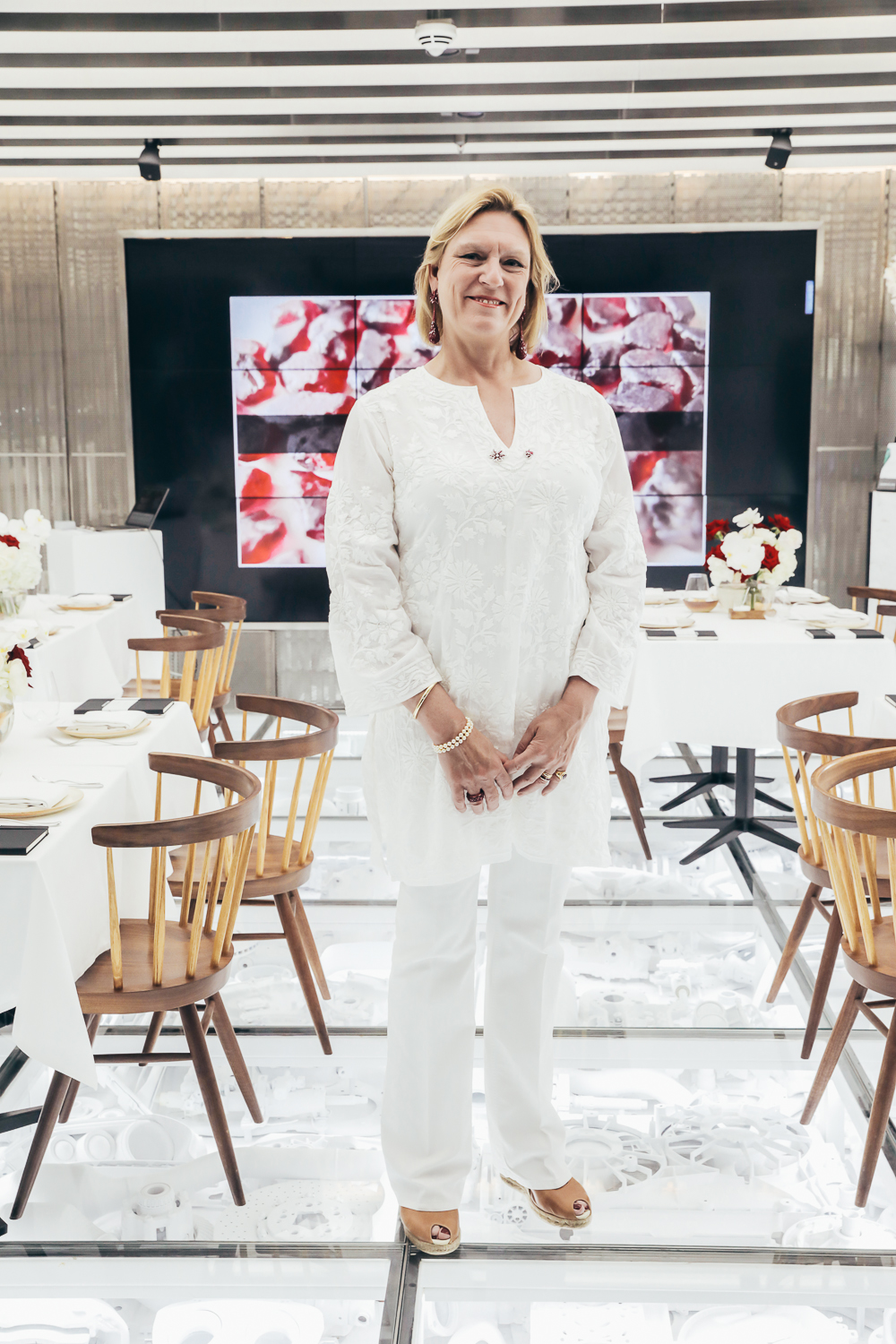
At just fourteen years old, Joanna Hardy joined a jewelry workshop at her school, launching her education in jewelry creation. A wonderful teacher, at a school that respected art with the same regard as physics and chemistry, provided the perfect opportunity for her to discover the intricacies of the craft.
But her introduction to rocks, minerals and jewelry began years prior. It was her godmother Margaret who left an impression on her— a pioneering woman and a gemologist, who owned a jewelry shop in Farnham, Surrey. She was the first woman to pass her gemology exam with distinction in the UK in 1923, and became the first woman president of the National Association of Jewelers. Joanna recalls visits with her parents for afternoon tea, where she got a peek into the life and world of a gemologist, surrounded by big amethyst geodes and great big rocks, in an expansive Georgian house. To young Joanna, her godmother was the personification of a queen.
Joanna always had a passion for art, noticing the details in nature, plants and small objects. The jewelry workshop she attended at fourteen, inspired her to pursue training as a goldsmith in London. After taking an art foundation course, she continued at Sir John Cass college in Aldgate, where she learned to create bar brooches. While studying, Joanna worked in Hatton Garden (London’s jewelry district) as a Saturday girl selling simple chains and bracelets, and she took up gemology in the evenings, where she developed a love for stones. But with time, she began to tire of working at the bench, and felt that she lacked the creativity, ideas and designs for jewelry production; her dream was to interact with people.
By a fortunate stroke of serendipity, a passerby at the flower and fruit market at Hatton Garden, mentioned that De Beers was looking to hire. Joanna landed the job, where she gained the skills for valuing and grading rough diamonds, followed by her work as an assistant polished diamond dealer in Antwerp. She will never forget her first day there— her new employer handed her a parcel of polished diamonds, and with no background or resources to assist her, she was forced to figure things out.
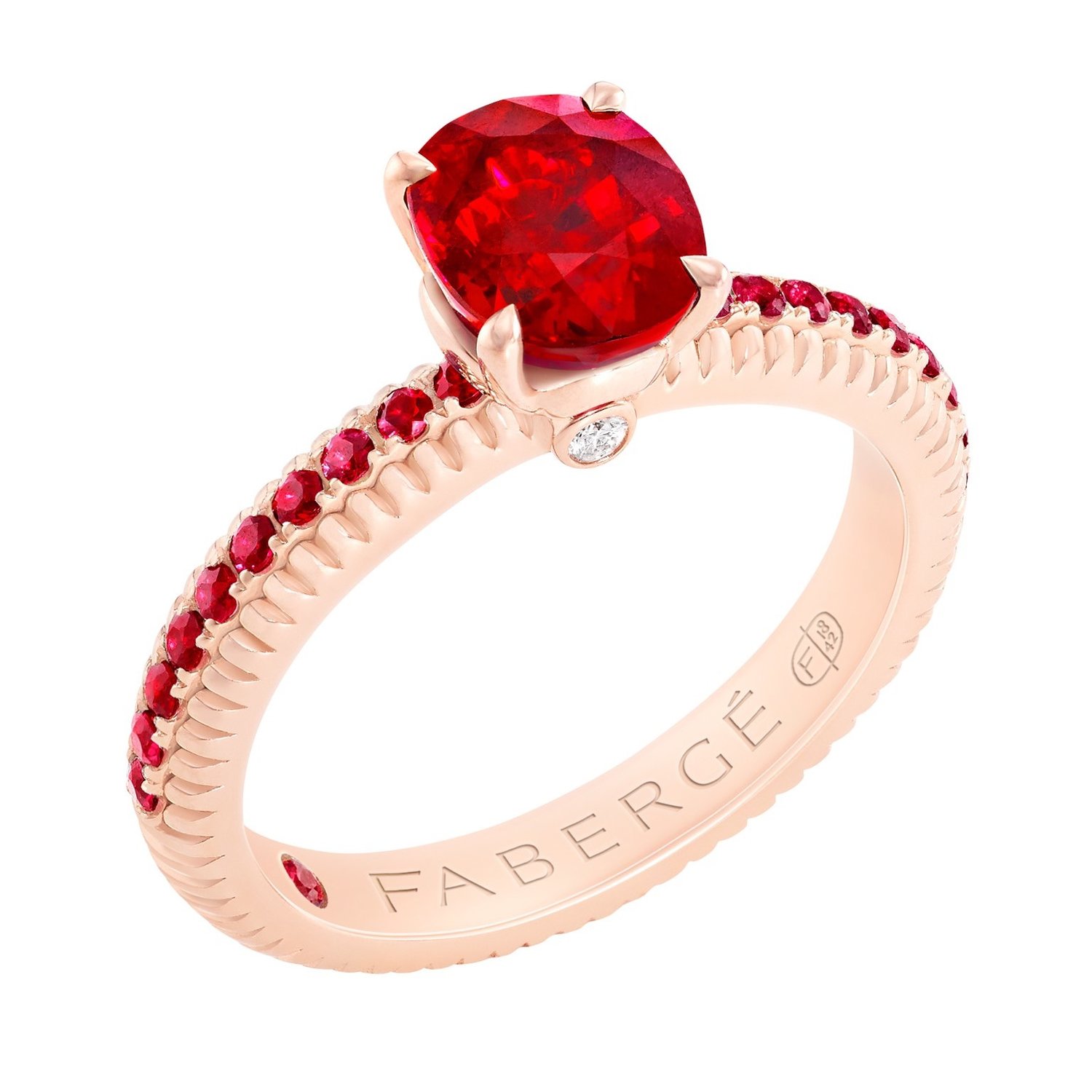
Joanna’s work at the time involved travel to Ramat Gan Israel three times a year, as well as selling in Scandinavia and London. Well aware that she was a minority in a male-dominated industry, she recalls entering the offices of religious men— who didn’t take her seriously and assumed that she didn’t know very much. At times she felt that she was used as the ‘pretty young girl’ to get diamonds to the wholesalers and big buyers (back in the 80s, this attitude was common, she says)— but between the challenges, she was quietly gaining knowledge and earning her place in the industry. Eventually, she earned recognition as the biggest supplier for leading jewelry brands. Learning to trade in the diamond world and developing connections, proved an incredible experience that benefits her to this day; success in the industry is all about trust and reputation, she says.
When Joanna received the call from Phillips auction company (now Bonhams) who were seeking a diamond expert, she spent the weekend prior to her interview at the V & A and the British museum jewelry galleries, learning the styles and periods so that she would appear vaguely knowledgeable. Not surprisingly, Joanna secured the job at Phillips, where she trained and worked for six years, followed by her position at Sotheby’s for fourteen years, where she was an auctioneer and head of department.
What is it about diamonds and gemstones that garners such fascination? Until quite recently, diamonds were the hardest natural known substance to man. In ancient civilizations, to find a crystal that couldn’t be broken, but had the ability to cut steel and iron, was truly baffling. Crystal was considered the gift of Gods, from the heavens, the sun or Venus. Pearls were the queen of gems (first discovered while eating shellfish) and were considered the tears of angels which were caught in the oysters, making them into pearls.
Initially there was no knowledge of digging below the earth— the stones were simply collected from the riverbed. The kings, queens and tribal leaders, viewed stones as a point of wealth status (think Cleopatra who was bedecked in emeralds and gold from Egypt). Until the 1400s, there was no knowledge that diamonds could be cut— it was only after much trial and error, that directional hardness was discovered. Like a tree where the wood can split easily with the grain, or sawed against the grain— so too with diamonds— they could be cut with the grain causing them to split in two, or cut against the grain. And when a diamond is cut, an amazing sparkle and luster was revealed. The beauty of colored gemstones however, is due to their color, and hence they don’t need to be cut.

Joanna considers knowledge as the ultimate way to earn respect. To her, knowledge is power, and she emphasizes that “money without the knowledge can be dangerous in the jewelry world”. But picking out a quality gemstone is not rocket science. Even the untrained eye will pick out the best stone from a range of varieties, because the attraction is due to the stone’s color, the brightness or both. In a cut stone, the life and richness of it determine the quality, whereas in colored gemstones, the color is the determining factor. Being that we all see color slightly differently, and the light source is different in every country— this lends itself to a wide range of reactions to a single stone. The beauty of gemstones is that there is a color for everybody.
Joanna is the author of a book about contemporary jewelry, as well as books titled Emerald, and Ruby. The latter was commissioned by Gemfields, the world’s leading supplier of responsibly mined colored gemstones. Gemfields was eager to sponsor the project as part of their continuous efforts to educate the trade and public sectors about colored gemstones. Joanna hopes to eventually write a book about sapphires to complete the trilogy, and has many other ideas that she would love to implement in the future.

Since her start in the industry, Joanna’s most interesting years have been over the last decade while she has been working on her own. Her experiences, the people she has met, the Antiques Roadshow, and the books she has authored, have been the most rewarding of her career. Her independence has given her the best of both worlds; allowing her to work with the finest names in the business, but with great freedom and influence. Joanna has been to all the workshops, she knows the archives, archivists, and collections— and more than anything, “the stories, people and places have surpassed my wildest dreams”.
Watching the jewelry industry change dramatically over the past thirty years has been both exciting and perplexing for Joanna. In her early years, technology was nowhere near where it is now— but with today’s computer-aided technology and design, wax jewelry can be printed and cast, or printed in 3D metal— so that man may not even need to touch the pieces. With signs of us becoming a throw-away society, she says, it is now more challenging to find the skills and the people who want to sit at a bench for years to learn a craft. Individuals want quick results and quick money, which unfortunately causes the details and craft to get lost in the process. The impatience is even evident in the pieces themselves— jewelry was once very ornate and detailed, whereas today it is very simple. Joanna recognizes that many individuals don’t understand jewelry, but she’s not afraid to say that $9.99 jewelry from the TV channel is not jewelry. Jewelry is not just about the size or the worth, she says, but about the meaning behind the piece.
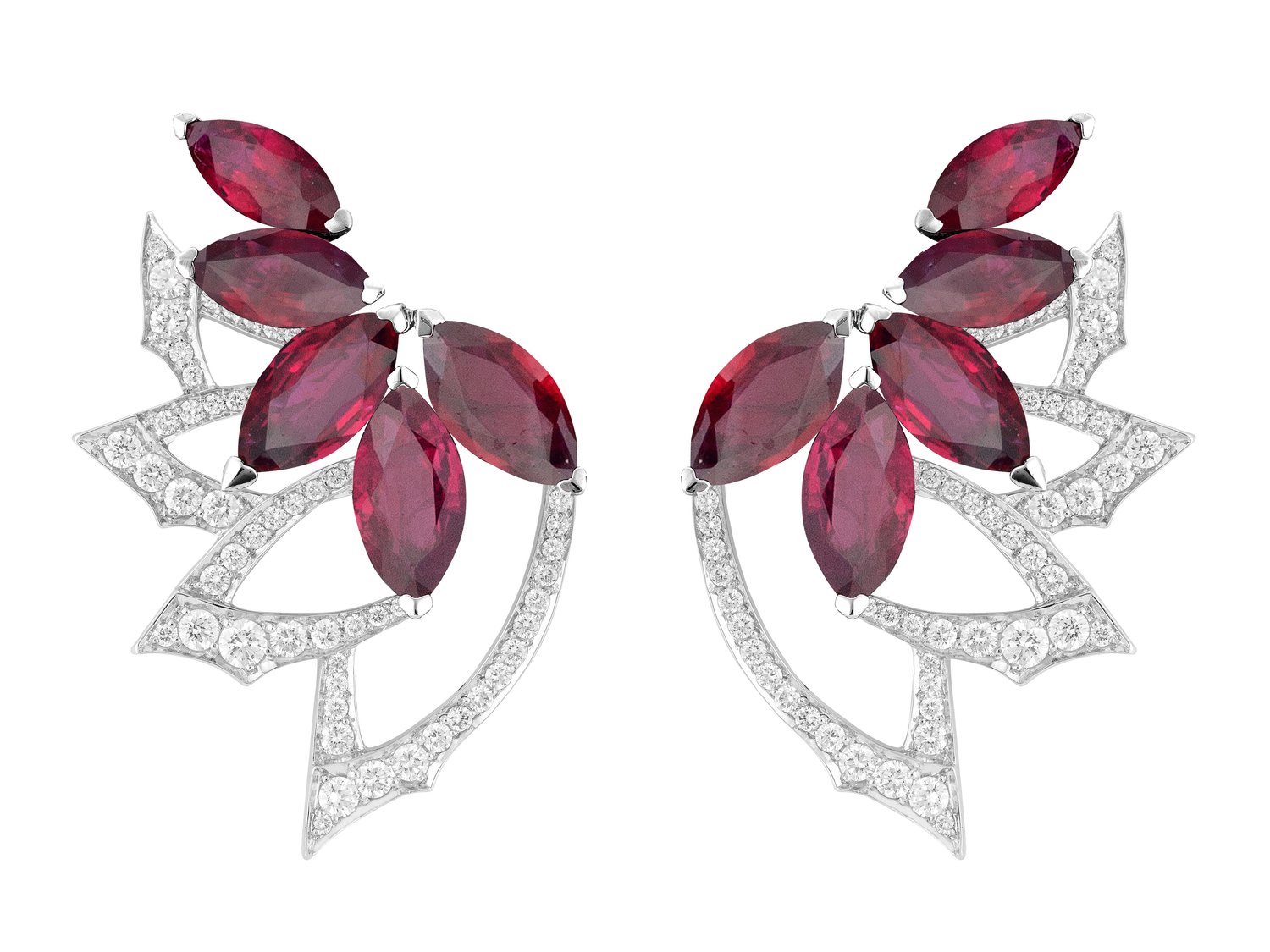
Her involvement in auctions and exhibitions around the world has given her the opportunity to bring to light the worth of jewels in cases where people didn’t even realize that they had value. The stories behind the pieces are always exciting to hear, she says, even when the jewelry piece itself may not be so significant. Because for Joanna (as in the auctioneering world), it’s always about the story and the discoveries behind the stones— it’s all about the people— because jewelry without people doesn’t come alive. Joanna loves meeting individuals who have collections, and she takes advantage of her platform to promote the young craftsmen and get behind the scenes to better understand how brands such as Cartier, Van Cleef & Arpels and others, do what they do.
Among the jewelry pieces that have left a great impression on Joanna, is the Queen’s magnificent Williamson Pink Diamond brooch with a Cartier flower. Others include Lalique pieces which have an amazing inlay, the twenties, art deco pieces, and art nouveau— all of which are made with impeccable craftsmanship. Wherever in the world Joanna finds herself, she is drawn to the local museums to browse antique collections, and is constantly inspired by pieces that hold meaning. One such piece that comes to mind is Millicent Fawcett’s red, green and white brooch with the words “steadfastness and courage” that she was presented with by the National Union of Women’s Suffrage Societies in 1913 (which of course is far greater than the jewelry itself). Another favorite is Cartier’s snake necklace which by her definition is “otherworldly”— it feels so real, she can’t even put it around her neck.
The signs of a good piece of jewelry extend well beyond the front of the piece. Quality pieces are made with the same attention to details on both sides— if the back is as beautiful as the front, it’s a sign of good craftsmanship. Unfortunately, many buyers don’t understand fixtures and fittings, ear fittings or ear clips, and the way the mechanisms work— but Joanna encourages customers to always ask questions when looking at a piece of jewelry. If the piece is a butterfly design, there should be a sense that that butterfly will fly off the table, off your shoulder, and suggest some sense of movement. Good artistry takes all these details into consideration.
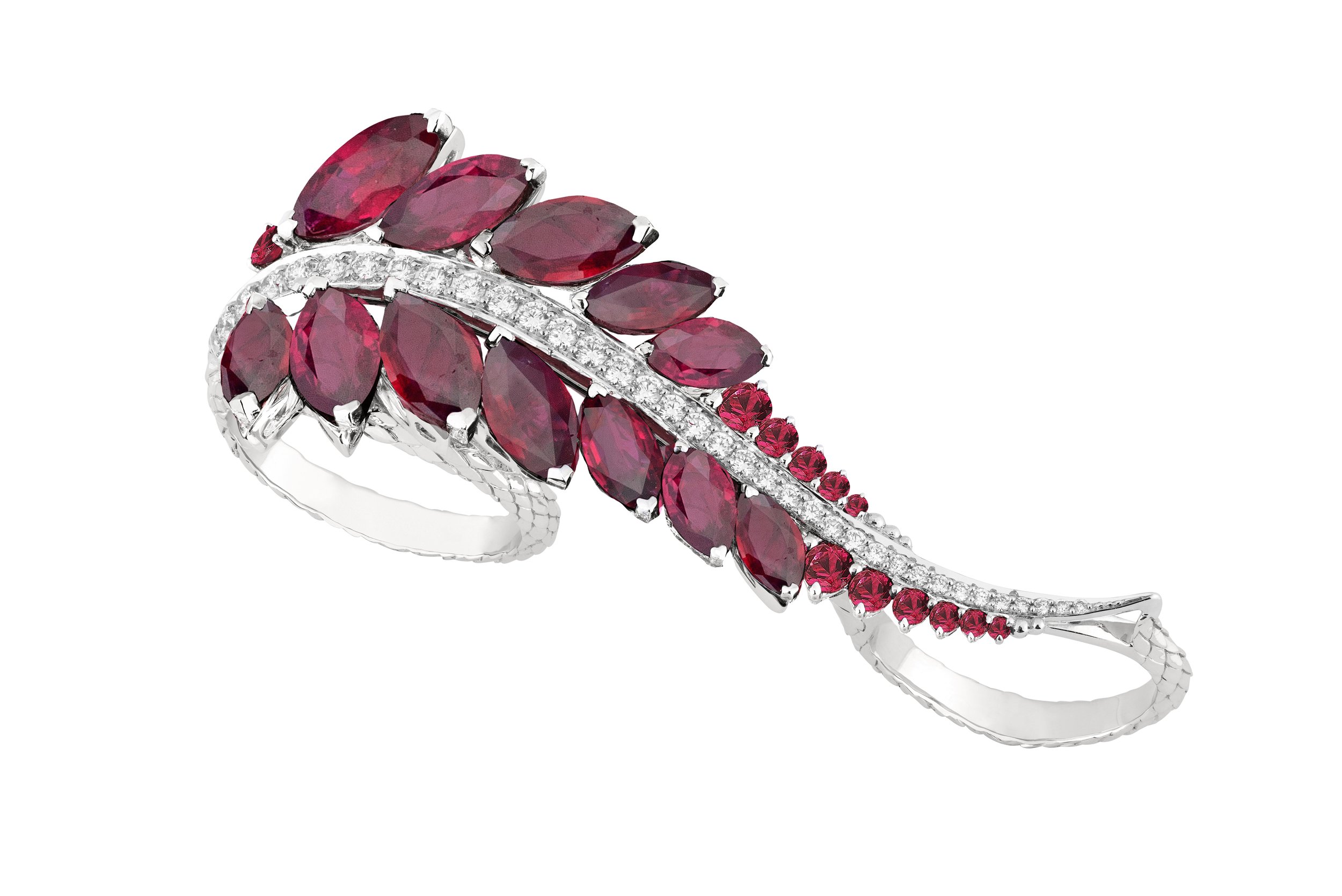
Joanna cares deeply about the industry and wants it to thrive, which propelled her to create the Jewelry School of Excellence. “If I can be a very very small cog in the wheel of supporting it and bringing it to the attention of people to buy quality jewelry and to appreciate it, that’s my mission in life”.
Joanna hopes that jewelry and gemstones continue to be appreciated for the right reasons, and that the craft and skills won’t be lost. Jewelry is not about brands and trends, she says, but a personal reflection of who we are, and who we want to become.
You may also like
-
Artist Spotlight: Moriah Jewelry
-
Artist Spotlight: Dalia Ali
-
Prima Ballerina Svetlana Zakharova Brings the Beauty and Grace of the Bolshoi Ballet to Abu Dhabi Classics 2020
-
Marilyn Monroe, Elvis and Kate Moss art dazzles in new Harrods windows
-
10 Things You Didn’t Know About “The Phantom of the Opera”

